Paul Smith and Land Rover:
When it comes to car tie-ins, the British designer and master striper has form—most notably with Mini (both the original and the BMW-made variety). But in 2015, the Land Rover fanatic also created a unique interpretation of the Defender. Smith collaborated with JLR's Special Vehicle Operations skunkworks to produce a design that was somewhat cosmopolitan while still maintaining a rural aesthetic. The Landie's bodywork was painted in about 27 various shades, giving it a purposeful patchwork appearance that resembled a heavily modified Land Rover with misaligned panels. A charming feature on the roof was a hand-painted bumblebee, among other pleasant eccentricities. On the inside, however, it was incredibly stylish, with Paul Smith Maharam silk and plush leather. But instead of starting even a small-scale manufacturing,
Pierre Cardin and Sbarro:
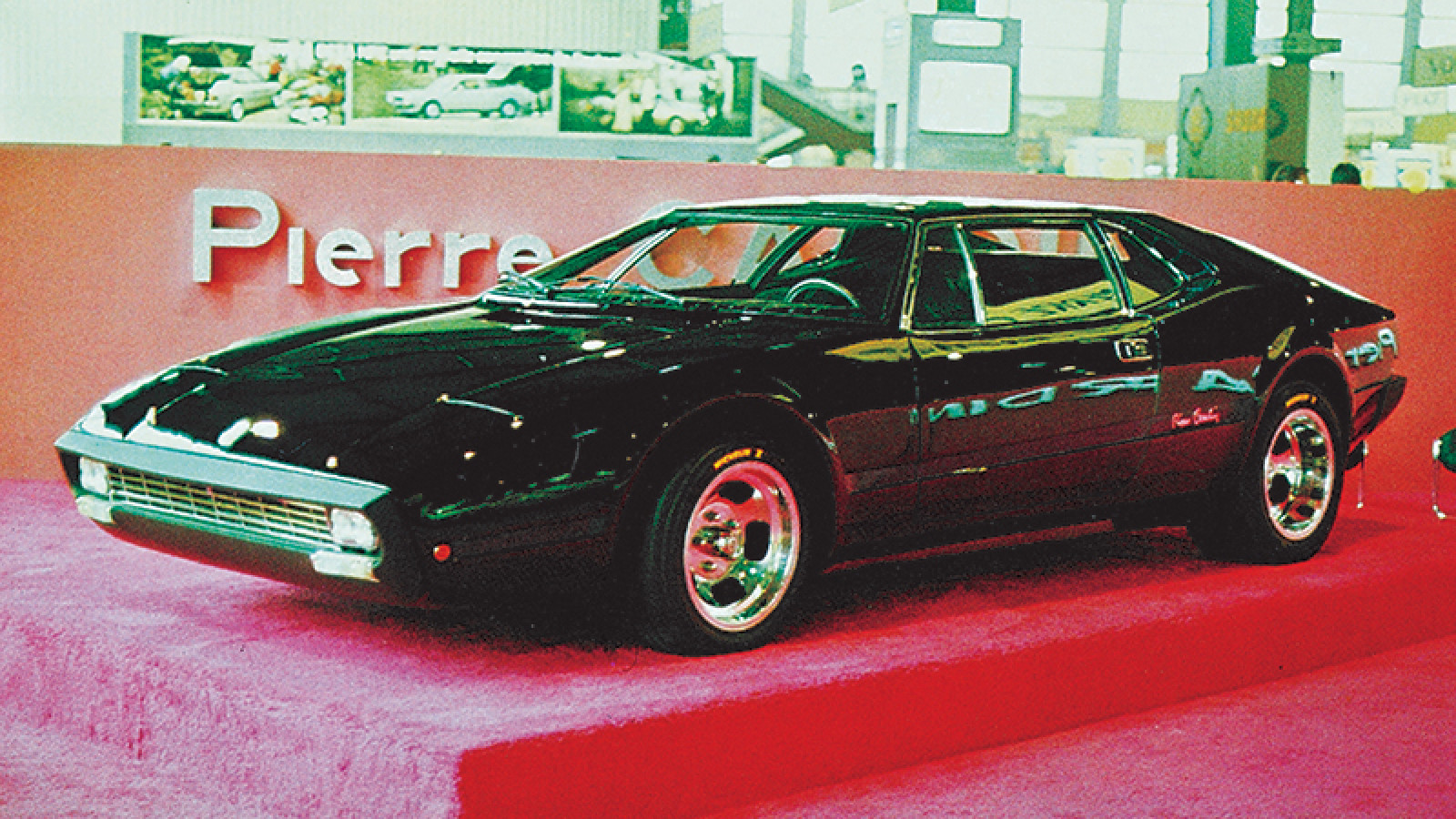
The enfant terrible of automotive design, Franco Sbarro, is still an octogenarian. He was busiest in the 1970s, promoting his Wankel rotary-powered Coupé SV-1, or Safety Vehicle One, before he started copying everything, including the Bugatti Royale (which had two engines) and the BMW 328. Next came the six-wheeled TAG-Cadillac Function Car and the electric Pilcar city car. Furthermore, despite the fact that his name divides opinion in the automobile industry, his larger fame has been enhanced by his affiliation with the fashion icon Pierre Cardin. They collaborated to design the three-seater prototype Coupé Stash, which was evolved on the SV-1 and unveiled in 1974. Only three were constructed, though, using BMW and VW K70 engines since both sides had more important matters to attend to. Sbarro claimed years later that Cardin had lost interest.
Read also:
- 2024 MAZDA MX-5 Miata Vs 2023 MAZDA MX-5 Miata RF
- 2024 Tesla Model 3 Highland: What’s the Rear Screen Do?
- What Changed After the Tesla Autosteer Recall? Not Much.
- This 1928 Rolls-Royce Phantom I Is Still Going Strong
Bulgari and Lotus:
With Gianni Bulgari at the helm, the Italian luxury brand made its debut in the car industry in late 1988. Before deciding to work with Lotus, GB Automotive first collaborated with the Turin company IDEA to realize Bulgari's vision of an automobile that had the cabin capacity of an MPV and the hatchback's footprint. Its distinctive seating configuration, consisting of three front seats with a sunken center and two offsets, staggered back seats, was its defining characteristic. Lotus designed the chassis, while Ducati-made Ferrari V8 engines and four-cylinder BMW units were among the engines that were tested and considered for inclusion in the Lancia Thema 8.32.
Cartier and Lincoln:
Ford The upscale Lincoln brand in the USA worked with several fashion labels in the 1970s and early 1980s. A series of "Designer Series" models with the names of Bill Blass, Emilio Pucci, Givenchy, Valentino, and Versace were the most popular. Lincoln had a more than thirty-year association with the French jeweler that before the Designer Series. Although Edsel Ford and Cartier had a personal connection dating back to the 1920s, the Continental MkIII was the first vehicle to be equipped with a Cartier dash clock in 1969. Subsequently, no Continental or Town Car was considered valuable without one. Although it wasn't the first partnership between an American luxury brand and a boutique, it was one of the longest-lasting: the relationship was among the most enduring.
Gucci and Cadillac:
The target market for this blinged-out Cadillac was clearly higher wealthy people than for the previous Gucci AMC Hornet Sport about. The Gucci Seville was heralded as the pinnacle of ultra-luxurious road transportation when it was unveiled in late 1978 in the marble and crystal splendor of the Beverly Wilshire Hotel in Los Angeles. Dottore Aldo Gucci, a Palm Beach resident and one of the three sons of the company's founder Guccio Gucci, came up with the idea for the conversion. This striking new version of the Caddy was priced at $19,900, which is almost $7000 more than a conventional Seville. It had 24-carat gold trim, two interlocking Gs as hood ornaments, individual letters spelling out "Gucci" on the bootlid, and gold wire rims with double Gs in the center caps. Subsequently, there were the Gucci stripes, Aldo Gucci’s signature emblazoned on the dashboard (in gold, naturally) and a padded vinyl roof to the good doctor’s own design (complete with Gucci logos on the C-pillars).
Hermès and Bugatti:
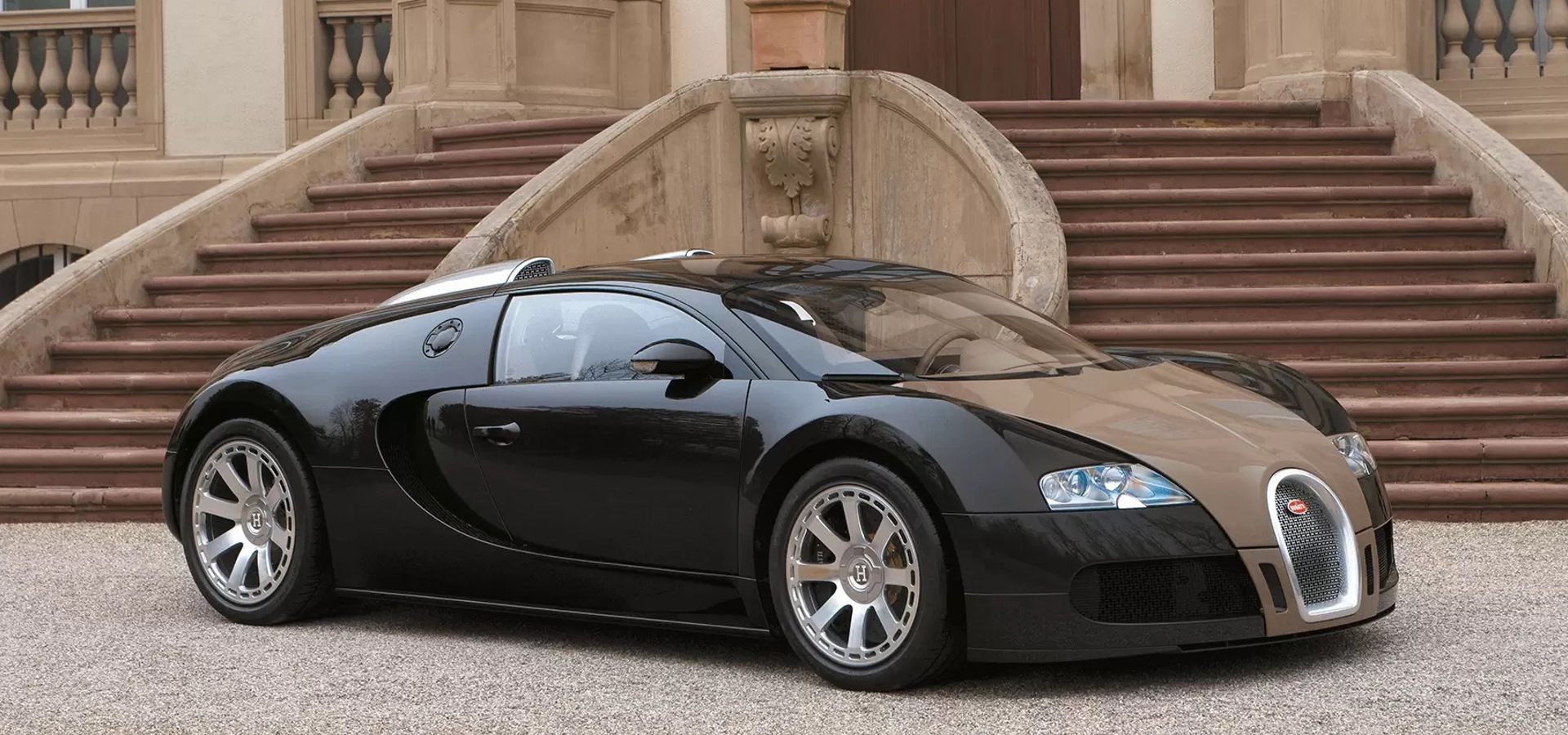
As early as the 1920s, when the couturier produced luggage trunks among other things, this French luxury brand and Bugatti in its original incarnation enjoyed a mutually advantageous connection. In 2018, Bugatti, which was then owned by the Volkswagen Group, collaborated with the Parisian company to create the Veyron Fbg par Hermès. The original look was "refined" by designer Gabriele Pezzini, who added vents to the wheel rims' edges to mimic the distinctive Hermès seams. Meanwhile, the radiator and intercooler aluminum grilles had the 'H' mark. The entrance furnishings and part of the seating inside were custom-made for the model in the Hermès workshops. There were just four automobiles produced. The price that's being asked? only $2.1 million.
Read also: 2020 Rolls-Royce Cullinan First Test: Beyond Luxury

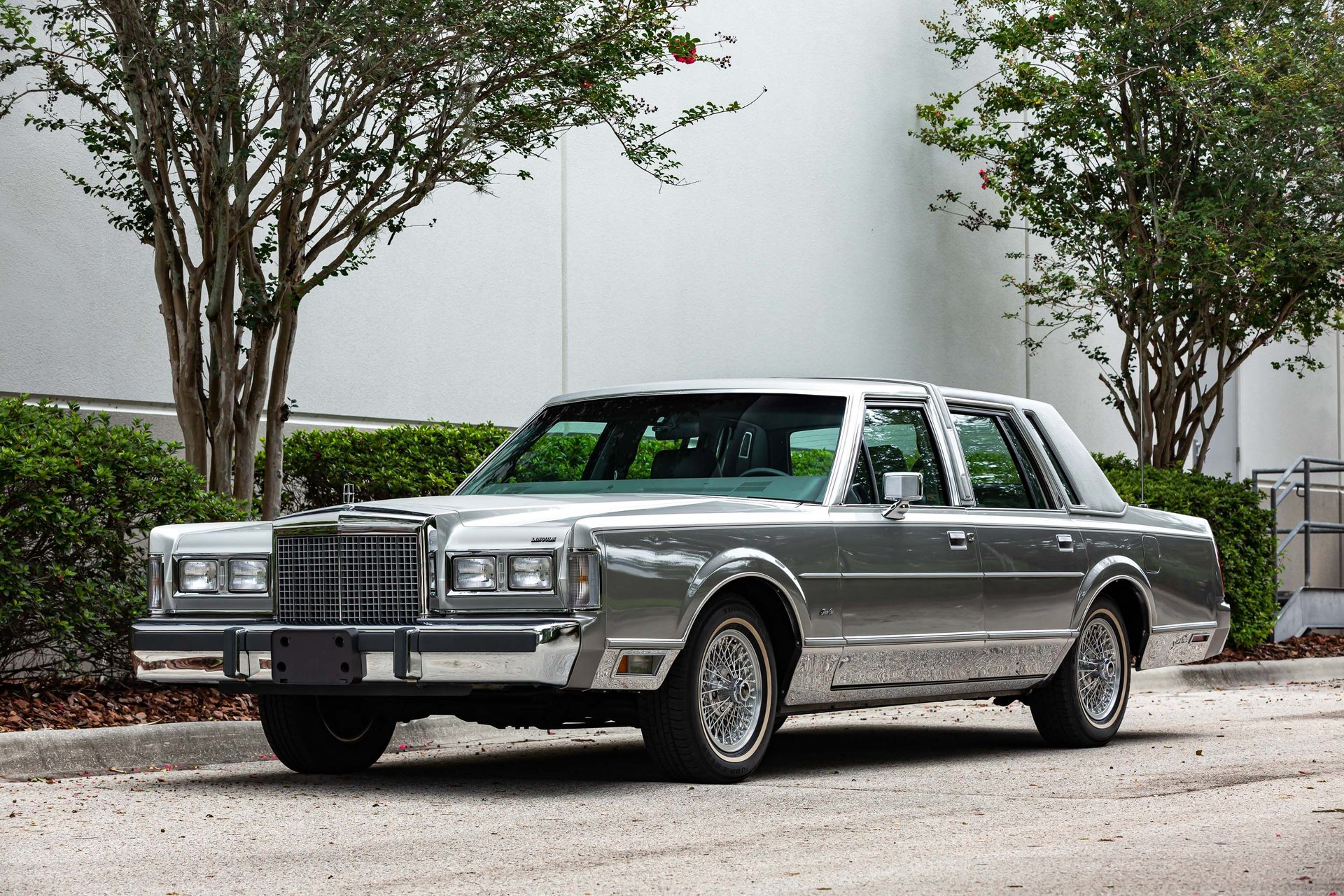
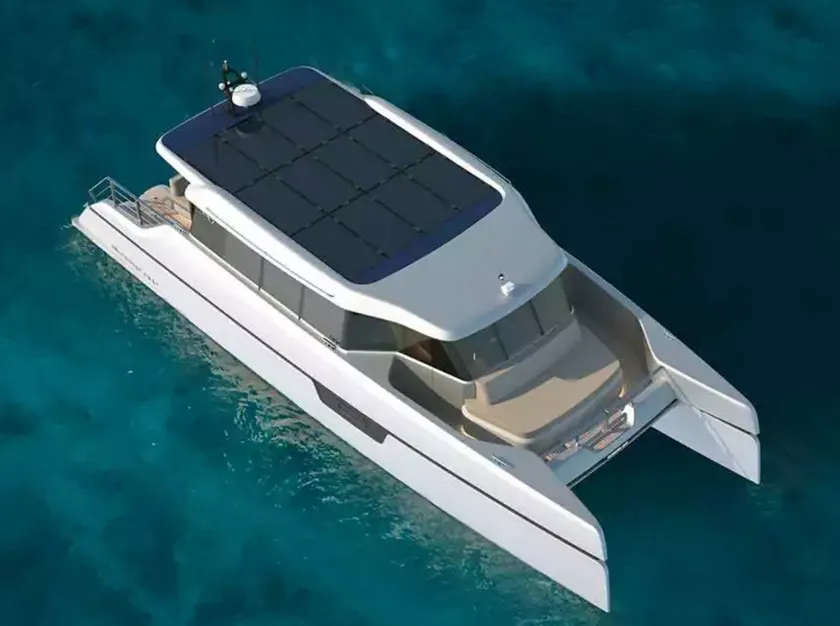




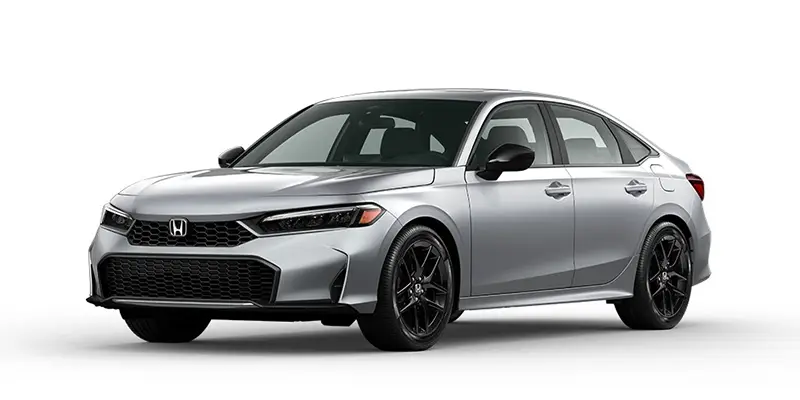


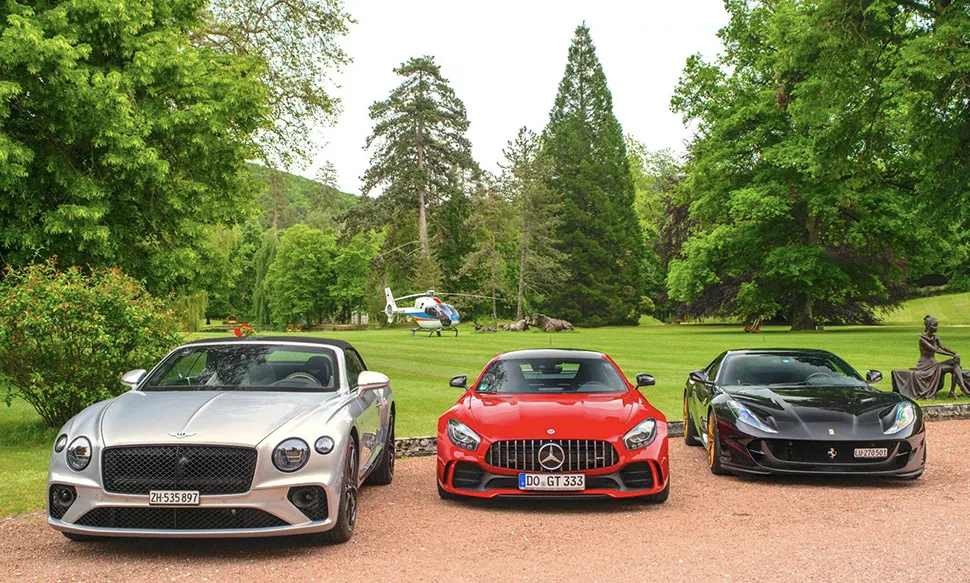
.webp)